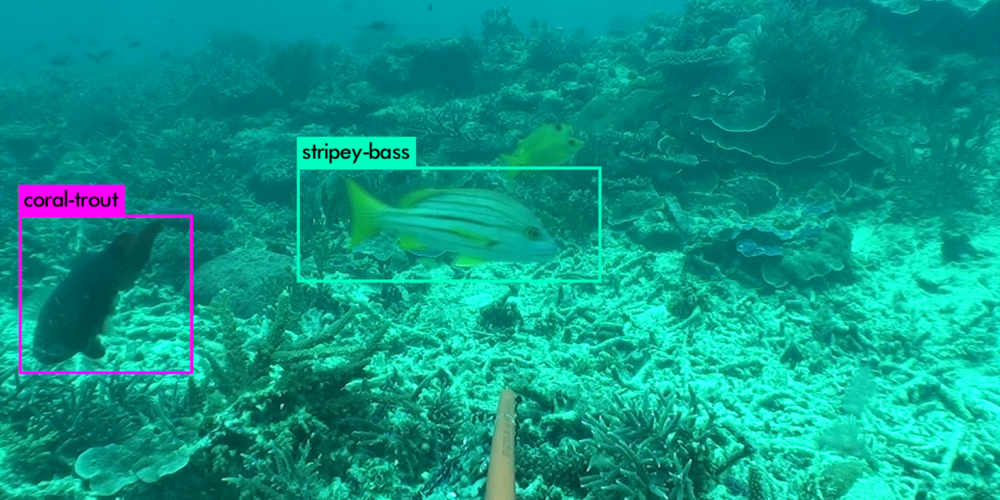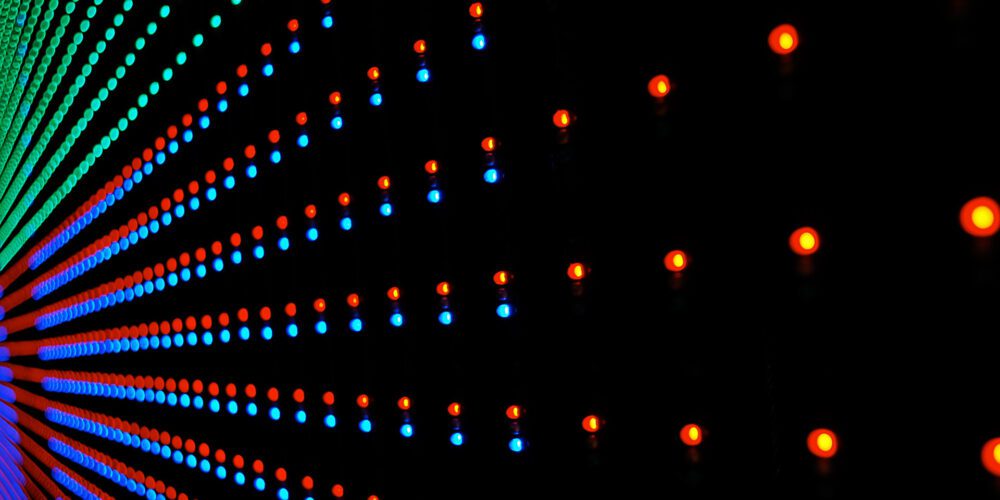Automated fish counting system to benefit ecology, fisheries industry

Researchers from the Curtin Institute for Data Science (CIDS) will use the latest in data science to develop an automated fish detection and counting solution that offers exciting economic and ecological benefits.
The CIC is part of a consortium that has been awarded $1 million in Federal funding to continue developing the AFID (Automated Fish Identification) system, which uses machine learning and Artificial Intelligence (AI) to automatically gather information about fish, including species and size.
Project lead and CIC Lead Data Scientist Dr Daniel Marrable said the technology aimed to accurately, efficiently and more cost-effectively gather data in order to gauge marine and coastal ecosystem health, which would benefit Australia’s multi-billion dollar fisheries and aquaculture industries.
“AFID operates via a remote underwater video station and runs machine learning methods over video footage to count, classify and calculate the length of all visible fish,” Dr Marrable said.
“Fish biodiversity and biomass are the best non-invasive indicators of marine and coastal ecosystem health, however the current methods of measuring these are manual and very labour intensive.
“Working closely with the Australian Institute of Marine Science (AIMS) and Curtin’s own Fish Ecology Lab, by using machine learning and AI we can speed up the process of data collection and analysis, which will allow policy decisions that affect fish stocks and quotas, environmental impact assessment and ecological protection to be better informed.”
CIC Director Professor Melanie Johnston-Hollitt said AFID will use data science to help reduce the cost and manual labour required to monitor Australia’s sensitive marine ecosystem.
“The value of the project for fish ecology and the $2.7 billion fisheries industry highlights the important real-world, industry-aligned outcomes of the work being done in the area of data science at Curtin University,” Professor Johnston-Hollitt said.
“The CIC has been working in this domain for some time now, with Dr Marrable having done the vast majority of the technical work devising a system to identify, count, and measure fish from underwater imagery.
“With this funding he will now lead a small but highly skilled technical team in the CIC to continue to unlock the potential of machine learning and Artificial Intelligence to benefit fish ecology and our fisheries industry.”
Consortium project partners include Harrier Project Management, SeaGIS and In-situ Marine Optics (IMO).
The funding was provided via the Business Research and Innovation Initiative (BRII) which aims to help small to medium sized enterprises develop innovative solutions for government policy and service delivery challenges. For more information visit here.



